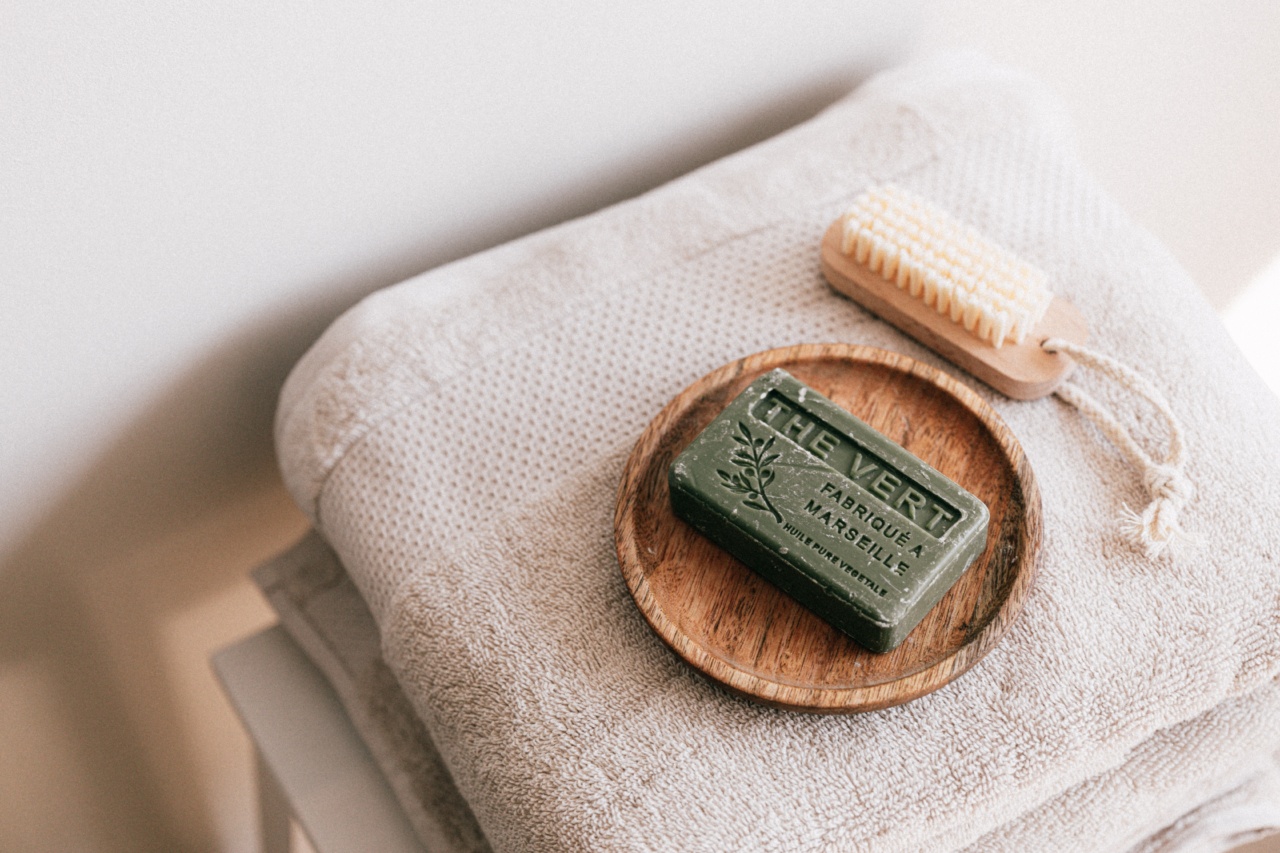Uric acid is a naturally occurring waste product that is produced when the body breaks down purines, which are substances found in certain foods and drinks. In normal conditions, uric acid dissolves in the blood and gets eliminated through the kidneys.
However, when the body produces too much uric acid or fails to excrete it efficiently, it can lead to a buildup of uric acid crystals in the joints and tissues, resulting in a condition called hyperuricemia.
Hyperuricemia can cause painful conditions like gout, kidney stones, and joint inflammation. Therefore, it is vital to regulate uric acid levels in your body to prevent these complications.
Here are 10 simple steps you can take to keep your uric acid levels in check:.
1. Stay Hydrated
Drinking an adequate amount of water throughout the day is crucial for maintaining optimal uric acid levels. Hydration helps flush out excess uric acid from the body and promotes healthy kidney function.
Aim to drink at least 8-10 glasses of water daily to stay properly hydrated.
2. Limit Alcohol Consumption
Alcohol consumption, especially beer and spirits high in purines, can contribute to increased uric acid production. Additionally, alcohol can impair the kidneys’ ability to excrete uric acid efficiently.
Therefore, it is advisable to limit your alcohol intake or avoid it altogether if you are prone to high uric acid levels.
3. Maintain a Healthy Weight
Being overweight puts additional stress on your joints and increases the risk of elevated uric acid levels. Adipose tissue (fat cells) produce substances that raise uric acid levels in the body.
By maintaining a healthy weight through a balanced diet and regular exercise, you can help regulate uric acid levels and reduce the risk of related complications.
4. Avoid High-Purine Foods
Purine-rich foods contribute to increased uric acid levels. While a little purine intake is necessary for the body, it is essential to balance it with a low-purine diet.
Limit your consumption of organ meats, shellfish, red meat, game meats, and certain fish like anchovies and sardines. Instead, opt for low-purine alternatives like lean meats, poultry, tofu, low-fat dairy products, and vegetables.
5. Increase Dietary Fiber Intake
Dietary fiber helps regulate uric acid levels by promoting better kidney function and reducing the absorption of purines from food. Include plenty of whole grains, fruits, vegetables, and legumes in your diet to increase your fiber intake.
Aim to consume around 25-30 grams of fiber daily.
6. Consume Cherries and Berries
Cherries and berries have been shown to have a beneficial effect on uric acid regulation. These fruits contain compounds that help lower uric acid levels and reduce inflammation.
Add a variety of cherries and berries such as strawberries, blueberries, and blackberries to your diet for their potential uric acid-lowering properties.
7. Limit Fructose Intake
Fructose, a type of sugar found in high quantities in sodas, fruit juices, and processed foods, can raise uric acid levels. Reduce your intake of sugary beverages and opt for water or herbal tea instead.
Limit your consumption of processed foods and choose fresh, whole fruits over fruit juices to manage your uric acid levels effectively.
8. Avoid Crash Diets
Crash diets or very low-calorie diets can trigger an increase in uric acid levels. When the body breaks down fat cells rapidly, it releases more purines, leading to elevated uric acid production.
Instead of extreme diets, focus on making long-term, sustainable lifestyle changes to achieve gradual weight loss and maintain optimal uric acid levels.
9. Moderate Protein Intake
While it’s important to limit high-purine protein sources, it is equally crucial to include moderate amounts of low-purine proteins in your diet. Opt for lean sources of protein such as chicken, turkey, tofu, and low-fat dairy products.
Consult with a healthcare professional or a registered dietitian to determine the appropriate protein intake for your individual needs and condition.
10. Talk to Your Doctor
If you have a history of high uric acid levels or have experienced conditions like gout or kidney stones, it is advisable to consult with your healthcare provider.
They can perform a blood test to assess your uric acid levels and provide guidance on managing and regulating them effectively. Your doctor may recommend medication or suggest additional lifestyle modifications based on your specific situation.
By following these 10 simple steps, you can take control of your uric acid levels and reduce the risk of related health complications.
Remember to stay hydrated, maintain a healthy weight, choose low-purine foods, increase fiber intake, and seek professional advice when needed. Taking proactive measures to regulate uric acid levels will contribute to your overall health and well-being.































